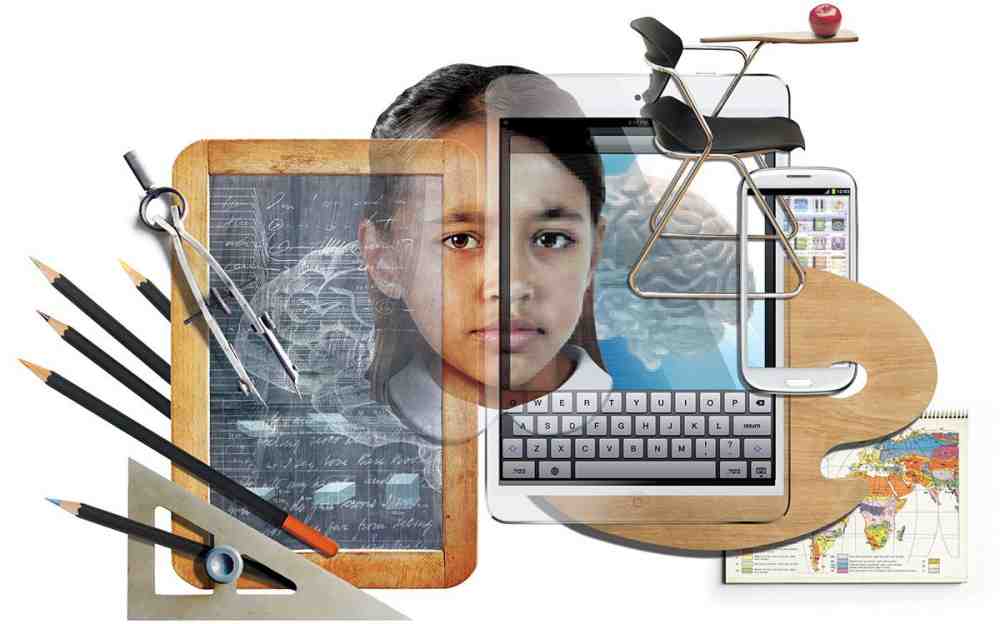“Those who can, do. Those who understand, teach” – Lee Shulman (1986)
It’s no secret that technology is seeping its way further and further into the very fabric of our daily lives, and it’s difficult to ignore the role it plays in the lives of our students. The power of modern-day technology is astonishing, and as teachers it often proves quite a simple feat to introduce new tech to the classroom. But when is it a helpful tool in our teaching, and when is it just a sad effort to keep up with the times?
It can be easy to get lost in the giant abyss of apps and gadgets, scrolling and scrolling to find the coolest or most adventurous way to the teach the class. Generally this attitude is great; you want to use technology to stay relevant with students who were born with an iPad in their hands, who learn to tweet before they can talk, text before they can walk, and use Facebook before they can use the bathroom (well, maybe not quite, but not far off either).
But don’t fall into the trap of using technology for technology’s sake. As a teacher, it really is imperative before the start and end of each lesson to ask: What am I teaching? What is the pedagogical goal of this lesson? And so, will ICT help students to reach that goal, or will it just be an unnecessary distraction? Lee Shulman (1986) famously coined the phrase ‘pedagogical content knowledge.’ This basically refers to the role of the teacher; it isn’t enough to know, you must understand how to teach the content effectively. For a teacher, pedagogy and content cannot be considered independently of each other. The same can be said of technology and content.
Because technology is moving so fast, and because we are so eager to be creative and innovative in our teaching, we see some new tech and say ‘Let’s use it in the classroom.’ We then base the class around the use of this new gadget or app or whatever the case may be, rather than keep the focus on the actual learning outcomes for our class.
When we got interactive whiteboards installed in our classes in primary school, it was as if we were living twenty years in the future. Everyone was amazed by this magic pen that could write on this magic board. But looking back on the experience, it’s hard to say how much they really contributed to our learning. From what I remember, most of the class would be spent calibrating the machine, while the rest was spent writing things that would have been written on an actual whiteboard in half the time!

Calibrating the dreaded interactive whiteboards
Don’t get me wrong, interactive whiteboards can be useful in teaching; be it for drawing accurate graphs in a maths class or allowing younger students to work on a wordsearch on the board. But the point of my anecdote goes back to Mr Shulman: we must understand how to teach. Therefore we must understand how to use technology as integral part of the learning process, not just as a fancy add-on.
One app I think would help to enhance the learning process, as well as develop students’ ICT skills, is ASSISTments for Google Classroom, an app developed by Neil Heffernan of Worcester Polytechnic Institute. ASSISTments allows teachers to develop tasks for students that may prove challenging, but they are given hints that nudge them into the ‘Goldilocks’ zone, or Zone of Proximal Development (Vygotsky, 1989). This means that the student will find the task challenging, but not too taxing to be out of their reach. This hint, or ASSIST, plays the role of the teacher for the student: it doesn’t give them the answer immediately, but rather encourages the student to arrive at the correct answers on their own.
The video below shows a very basic example of how ASSISTments can be used in a classroom environment.
Undoubtedly, integrating technology effectively can be a challenge for teachers. For me, I think it takes more than a list of the newest educational apps. The real skill lies in knowing when and how to use them.
